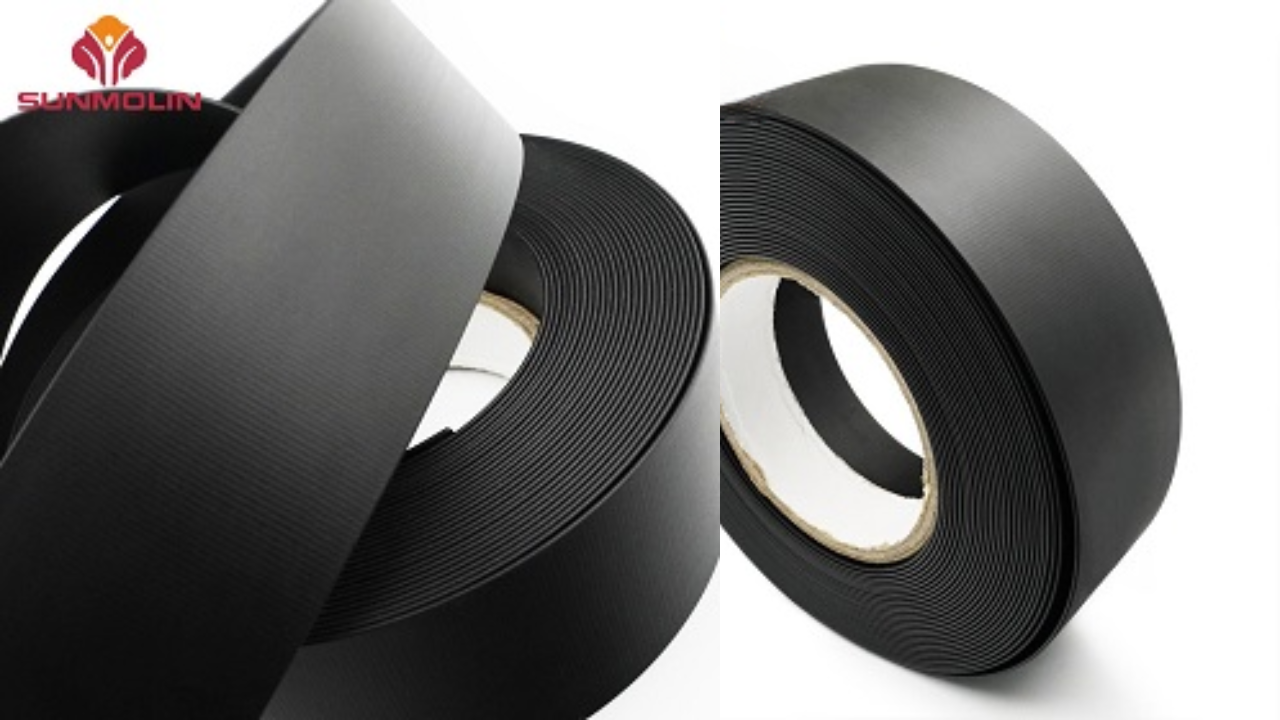Webbing proves essential in industrial settings and business operations. Medical belts and outdoor products depend on webbing for support while presenting flexible resistance. The popularity of TPU webbing continues to rise due to its strong performance and personalized design options.
The TPU webbing sector comprises mainly two categories, including webbings made entirely of TPU or webbings with coated surfaces. Customers rely on these products for specific uses because they work best in different applications. Shoppers should examine how these options work differently to find which fits best.
Understanding the Material Composition
100% TPU webbing consists only of polyurethane materials. The product consists solely of TPU material without any internal woven components. The single-textured production enables greater flexibility and produces a modern, minimalistic appearance. Even thin versions will feel supple against your senses. The manufacturer applies toner to create multiple colors and surface options during manufacturing.
The coated webbing combines both fabric and polyurethane layers. A woven fabric base made from nylon or polyester receives a TPU coating to start. The combination of fabric strength with TPU's protective qualities produces a superior webbing product. The woven fabric section provides superior tensile strength, which makes it great for demanding applications.
Structural Differences That Impact Performance
100% TPU webbing shows a smooth and yielding touch that lighter forms display. This type works best for uses that need to flex and feel comfortable. TPU-coated webbing delivers better performance with tough loads. The woven core structure supports higher pulling resistance and maintains its shape during pressure events.
The coated webbing design withstands wear and tear better than uncoated webbing. The fabric core works better at protecting against damage. TPU-coated webbing performs better in rough conditions than uncoated TPU. Both materials provide an effective defense against environmental hazards. Both materials withstand direct sunlight exposure plus keep their shape through water and chemical contact. TPU-coated webbing proves stronger than other materials when exposed to the toughest outdoor settings.
Processing Techniques and Manufacturing Complexity
Single-material extrusion lets manufacturers make 100% TPU webbing with fewer production steps that happen faster. The structure becomes simple to handle and easy to transform into both light-duty items and fashionable designs.
Creating TPU-coated webbing demands advanced production methods. You need accurate coating methods to make TPU attach well. Since 2006, Sunmolin has perfected TPU extrusion by combining multiple extrusion systems into one manufacturing process. The process creates a secure bond that results in better end product quality and increased design options. You can adjust webbing width, thickness, and texture to match the requirements of your design and functional objectives.
Application Suitability: Where Each Shines
For fashion items and light-duty products such as clothing accessories or makeup bags, you should choose 100% TPU webbing due to its high flexibility and visual appeal. The fabric's smooth touch and stretch traits let users pick it for makeup bags, clothing trimmings, or diving equipment components. The material is simple to sanitize and resists odors while being safe for people with sensitive skin, which makes it ideal for products people use daily.
TPU-coated webbing provides the most reliable strength and stability for specific applications. Products that need both ruggedness and stability, such as backpacks for snow sports, handles for buses, and medical equipment, work well with TPU webbing. Its solid composition and strong design with weatherproof abilities create trustworthiness in challenging environments. TPU-coated webbing works well in hockey kickers and hiking boots, thanks to its ability to handle friction and maintain its strength under weight. Your preference will determine if you select webbing for its smooth movement alongside stretch or select it for its robust structure and extended lifespan.
Visual and Textural Finishing Options
Every TPU webbing type comes with different surface treatment options for customers to choose from. The options for surface finishing include matte, gloss, embossed, flat, and striped styles. You can find the right webbing finish to match your product branding needs. Sunmolin enables precise control of surface texture to achieve both functional and visual outcomes. Your product design can benefit from 100% TPU webbing with a glossy finish to create a fashionable bag appearance. A matte or embossed coated webbing offers high grip and long-term reliability in safety gear applications.
Environmental and Health Considerations
Sunmolin uses TPU materials that are environmentally friendly and harmless to touch for extended periods with your skin. The company combines sustainable practices with excellent product quality standards. Your selection between pure TPU and coated webbing delivers products that emit no harm to the environment while lasting long and remaining gentle on your skin. These materials suit health-focused and wearable items that require clean and safe features.
Conclusion
Your decision should depend on the specific demands of your project. Select 100% TPU webbing when you want materials that bend easily while looking beautiful. Under extreme conditions and industrial settings TPU TPU-coated webbing remains dependable and resilient.
Select webbing based on the specific requirements of your project and its operating environment. Sunmolin uses its TPU extrusion and customization capabilities to deliver webbing solutions that achieve your design and performance requirements.


